Proximity measuring system offers speed allied with precision
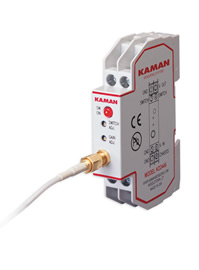
Manufacturing and design industries require increasing precision of measurement, and selecting the right non-contact proximity measuring system can be essential to a successful project that stays on time and on budget, writes Kevin Conlin of Kaman Precision Products. Using a measuring system that is non-contact and employs eddy current sensors allows for high-accuracy proximity measurement even in rugged surroundings.
Simple construction of a non-contact measurement system, including switched output which means fewer parts to order, assemble and calibrate, will shorten design, testing and development timelines. Factors such as accuracy, cost and set-up time become more important as the speed of business continues to increase.
Many instruments are available in the tech sensor market to measure position, distance, or vibration of an object. These can be placed into two basic categories: contact and non-contact. While contact instruments are suitable for many applications, they have a limited frequency response and can interfere with the dynamics of the object being measured.
Where these factors are a concern, non-contact methods have advantages such as higher precision and less interference with the object that is measured.
As with any device, both contact and non-contact measuring technologies have a wide range of performance characteristics ranging from very low (on-off) to very high precision (nanometer resolution), depending on their construction.
It is not only necessary to choose the correct technology, but also the correct level of performance for an application.
Selecting the right technology for a non-contact proximity measuring system will come down to environment and performance requirements.
The primary three technologies used are capacitance displacement, laser displacement, and eddy current sensors.
Kaman Precision Products (Kaman) uses eddy current sensor technology because of its broad, flexible application in multiple industry settings.
Eddy current sensors are well suited for all environments from inside internal combustion engines to semiconductor clean rooms, unlike capacitance sensors, which are influenced by anything that comes between the sensor face and the target.
Eddy current sensors also have advantages over laser sensors in higher-temperature environments, as eddy currents can withstand higher ambient temperatures than laser sensors that have their electronics integral with the sensing head.
Kaman’s KD-2446 non-contact high-precision measuring system utilises eddy currents, operating on the principle of impedance variation caused by eddy currents induced in a conductive target by a sensor coil.
This technology is capable of sub-micro inch resolution.
The KD-2446 may be used in a variety of applications using target materials such as ferrous steel, stainless steel or aluminium.
Applications for the KD-2446 include displacement, vibration, sorting and event capture.
In addition to its high precision measuring capabilities (with resolution to 12 micro inches), the KD-2446 also offers opto-isolated switched output for process control, making it ideal for interfacing to PLC inputs, counters, timers or alarm circuits.
The switch is integrated directly within its simple unit, eliminating the need to purchase additional equipment or wire into other components. This makes measuring simple and more rapidly executed.
Downloads
Similar articles
More from Kaman
- Differential measurement system meets MIL-SPEC standard 16th July 2019
- Proximity measuring system offers speed allied with precision 13th March 2017

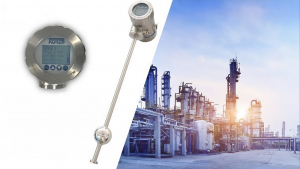
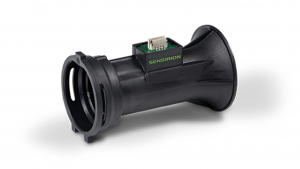
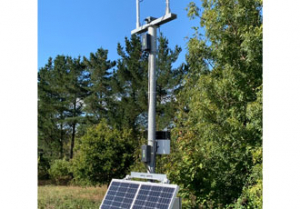
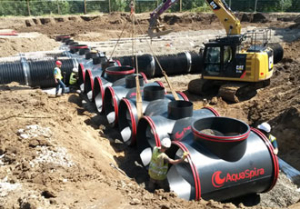







Write a comment
No comments